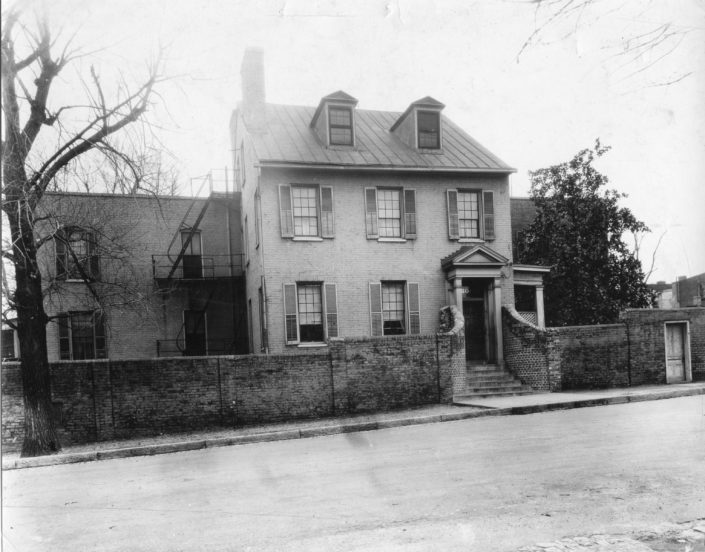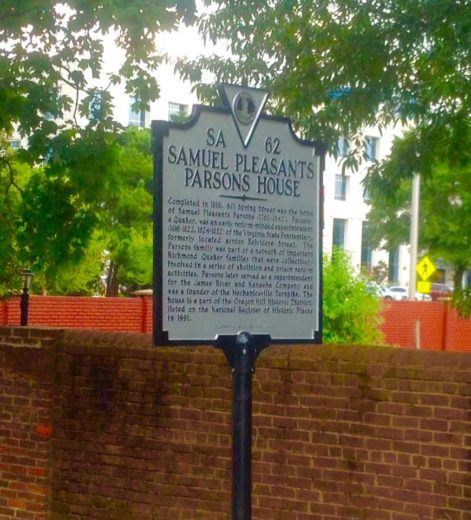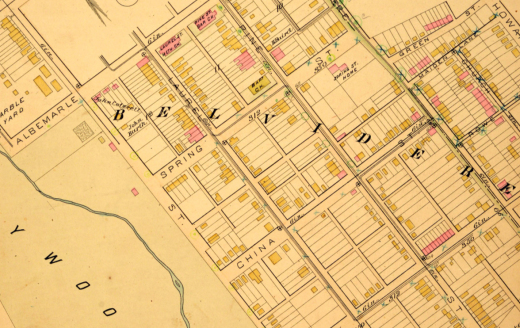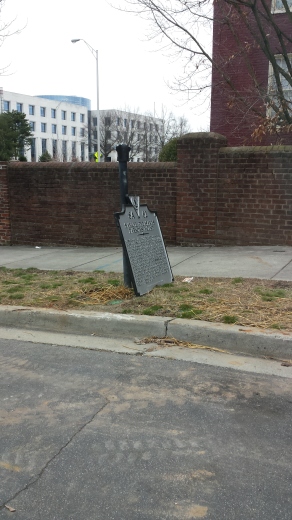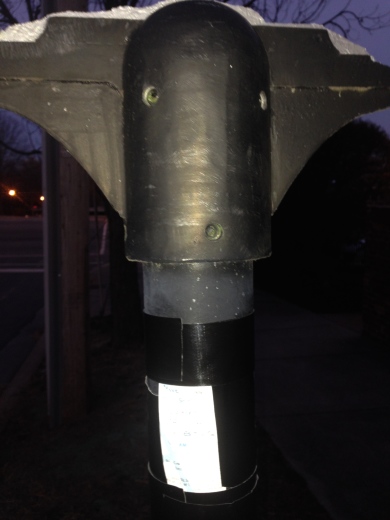Here’s an excerpt:
In the early 19th century, Magdalen Societies began to appear in cities all over America, the first being founded in Philadelphia in 1800. These charities sought out “fallen women,” like sex workers, to rehabilitate into moral rectitude. Magdalen members believed that once these women were quarantined from the people and associations of their sinful lives, they could be reformed. This moral quarantine came in the form of housing, meals and a strict schedule, which often included prayer and training in handicrafts. In 1874, the Magdalen Association of Richmond opened such a home on Spring Street, in Oregon Hill, in the 1819 Parsons House. Their stated mission was to provide “shelter and reformation for fallen women.” Within ten years, the mission of the home had narrowed somewhat, as a refuge for unwed mothers.
Speaking of the Valentine, it recently joined other local cultural institutions in a joint press release that clarifies their commitment to staying safe during the pandemic…face masks and social distancing still in effect!
“As our Commonwealth enters into Phase 2 and our city prepares to, we want to assure all attendees that we are committed to providing everyone with safe, secure, and supportive access to our facilities. In the midst of a pandemic and a region-wide reassessment of our fraught racial history, we believe our cultural resources play an important role during these uncertain times. While we anticipate most sites will open in some capacity by early July, we will continue to use these shared principles and the facts on the ground to ensure the best experience for our visitors.”

